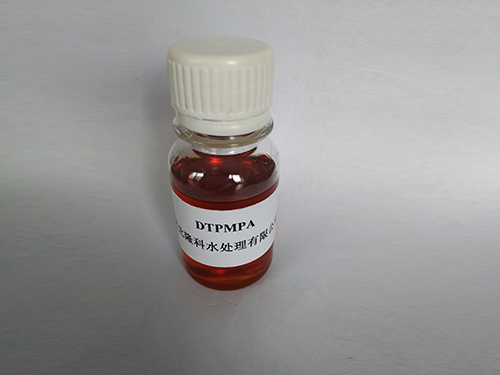polyaspartic acid
The Versatile Applications of Polyaspartic Acid
Polyaspartic acid, a derivative of aspartic acid, is a biocompatible polyamino acid that has garnered significant attention in various scientific and industrial fields. Its unique properties make it a versatile compound ideal for applications ranging from biomedical engineering to environmental sustainability.
One of the most notable features of polyaspartic acid is its inherent biodegradability. This characteristic is particularly important in today's eco-conscious world, where the demand for sustainable materials is ever-increasing. Polyaspartic acid can be synthesized from renewable resources, and its breakdown products are non-toxic, making it an appealing alternative to traditional synthetic polymers that contribute to environmental pollution.
In the field of biomedical engineering, polyaspartic acid plays a crucial role due to its biocompatibility and nontoxic nature. It has been explored as a material for drug delivery systems, where it can encapsulate therapeutic agents and release them in a controlled manner. This property is particularly beneficial for cancer treatment, where precise dosing is essential to minimize side effects. Moreover, polyaspartic acid can also be used in the development of hydrogels that mimic natural tissues, providing a scaffold for cellular growth and tissue regeneration.
polyaspartic acid

Another important application of polyaspartic acid is in the realm of coatings and adhesives. Its ability to form films and bind effectively makes it a popular choice for protective coatings in various industries, including automotive and construction. Polyaspartic-based coatings are known for their durability, UV resistance, and rapid curing times, which enhance their practicality and efficiency in application. This has led to a growing market for polyaspartic coatings as an alternative to conventional epoxy and polyurethane systems.
Furthermore, polyaspartic acid's versatility extends to agriculture, where it is being investigated for use as a soil conditioner and nutrient delivery system. The polymer can improve soil structure and retention of water, thus enhancing plant growth. Additionally, its chelation properties allow it to bind essential nutrients and minerals, making them more available to plants. This not only promotes healthier crop yields but also reduces the need for chemical fertilizers, aligning with sustainable farming practices.
Polyaspartic acid has also found its place in water treatment applications. Its ability to inhibit scale formation and corrosion makes it an effective additive in water systems, ensuring clean and safe water supply. Its non-toxic nature further supports its use in drinking water systems, presenting a safer alternative to many conventional chemicals used in water treatment.
In conclusion, polyaspartic acid is a multifaceted compound with a wide array of applications across diverse fields. Its advantageous properties, including biodegradability, biocompatibility, and protective capabilities, make it an important player in advancing sustainable practices in various industries. As research continues and new applications are discovered, polyaspartic acid is poised to make an even greater impact, contributing to both technological advancement and environmental conservation.
-
Understanding Polycarboxylic Acids: Properties, Applications, and Future PotentialNewsJul.28,2025
-
Scale Inhibitor Explained: How to Protect Your System from Limescale and Hard Water DamageNewsJul.28,2025
-
Scale and Corrosion Inhibitors: Essential Chemicals for Industrial Water System ProtectionNewsJul.28,2025
-
Polyaspartic Acid: A Biodegradable Polymer for Sustainable ChemistryNewsJul.28,2025
-
Isothiazolinones: A Versatile Antimicrobial Class with Industrial Power and Regulatory ChallengesNewsJul.28,2025
-
A Deep Dive into 2-Phosphonobutane-1,2,4-Tricarboxylic Acid (PBTC)NewsJul.28,2025





